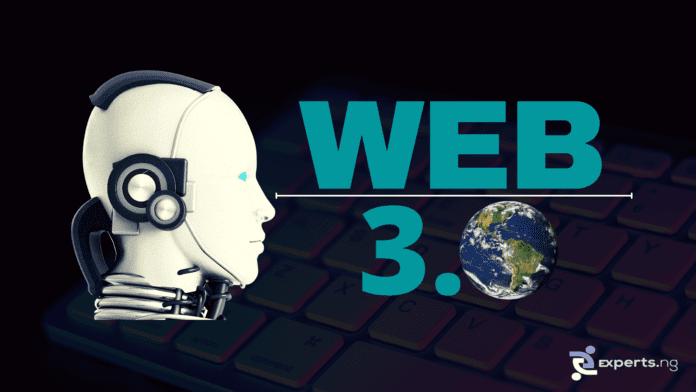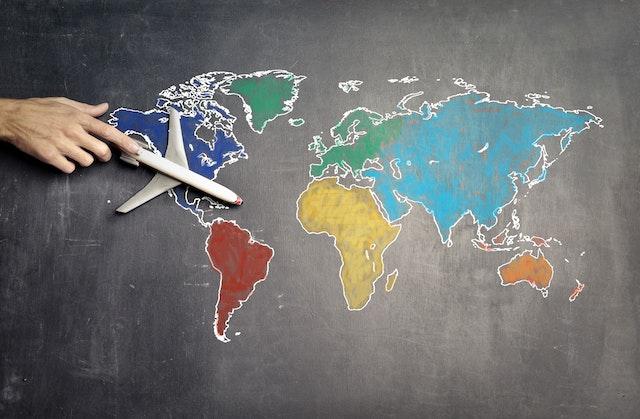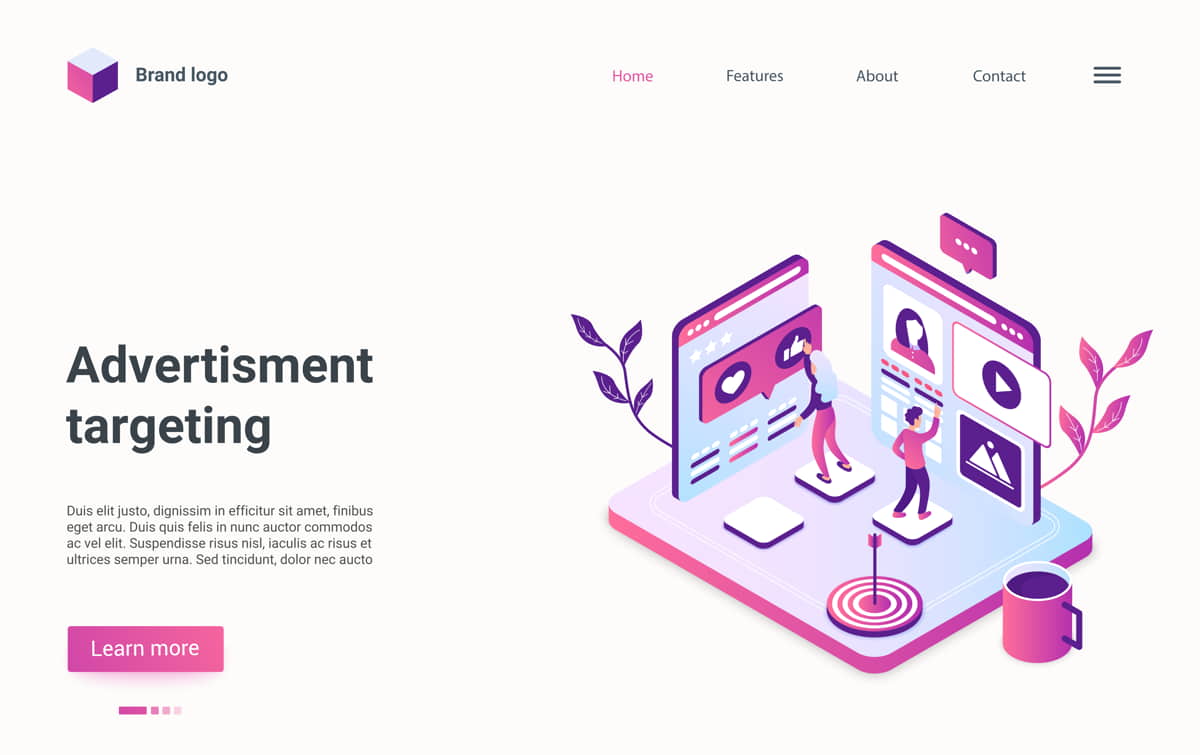The internet has come such a long way. Today, the number of things we can do with our smartphones and computers (more like small and big computers) would have been unimaginable in 1991 when the internet was invented. Today, you can transfer files, communicate, socialise, shop and do all sorts with your smartphone.
But what if I told you there is a lot more we can do with the internet? Yes, there are more possibilities, and we have only scratched the surface thus far. A proof of this is the introduction of the metaverse and all that it comes with. Ladies and gentlemen – Web 3.0!
Contents
What is web 3.0?
In Web 3.0, data-driven and semantic web-based applications came to be through machine-based knowledge of data. As a result, Web 3.0 makes websites more intelligent, connected, and open.
Following the shift from Web 1.0, an information provider where people read websites without interacting, to Web 2.0, an interactive social network that allows collaboration among users, Web 3.0 will likely impact the design of websites and how the public interacts with them.
As a result, we can describe Web 3.0 as “read-write-execute.” In its abstract form, this is difficult to imagine. A good example is semantic markup and web services.
Understanding Semantic markup
Semantic markup is used to bridge the communication gap between humans and computerised applications. Providing context to data on the web is one of the biggest challenges because applications cannot understand what is relevant to data. Data could be transformed into a form that humans understand via natural language and can be interpreted by software applications via some semantic markup (or data interchange formats).
Although still in its infancy, this concept – formatting data so that software agents can understand it – is what is meant by Web 3.0’s “execute” part.
Read Also: What is this NFT everybody is talking about?
Software for supporting computer-to-computer communications over the internet is called a web service. Web services are not new and are often implemented through application programming interfaces. Shutterstock, a popular website for sharing photographs, provides a web service that allows developers to search for images programmatically.
Many web services exist. Combining semantic markup with web services can produce a web 3.0 experience – applications that can communicate directly with each other and interpret information for humans.
The problems with web 2.0
Back then, people who wanted to publish online used their computers to run their web servers. A good understanding of technology was needed, but information was disseminated throughout the internet.
Thanks to the growth of the web, companies were able to build web publishing platforms that removed technical barriers. Unsplash, for instance, allows photographers to upload their photos to the internet and share them with others.
Similarly, YouTube made it easy for anyone to create video content, while WordPress made it easy for anyone to create blogs.
Online access has been made easier by social media in particular. Web 2.0 is generally referred to as the period when all of these services took off.
As a result of this development of easy-to-use publishing technologies, the internet became more centralised, and some of its potentials were lost.
The decentralised web
According to proponents of decentralised webs, today’s web is plagued by three major problems: openness and accessibility, censorship and privacy, and the archiving of information.
Accessibility and openness refer to the tendency of centralisation to lock people into specific services. It’s difficult, for example, to give someone access to your Apple’s iCloud photos if they have a Microsoft OneDrive account since those two accounts aren’t connected.
Read Also: Cryptocurrency and Its Future in Nigeria
People like Doctorow and Berners-Lee are deeply concerned about the second issue – censorship and privacy. Governments and companies can monitor internet use relatively easily with centralised web services. In the social media industry, for example, companies profit by selling personal data.
When we use social media, fitness trackers, and health apps to document our lives, we produce a lot of data about ourselves. By agreeing to the terms of service of social media companies, we freely provide this personal data.
Loss of historical record
Another problem with today’s web is that it is ephemeral. Information changes constantly, and websites go offline, so there is little that remains. In the ‘digital dark age,’ as Vernon Cerf termed it, much of the material on the internet won’t exist in 50 years as there will be no historical record.
One of the prime examples of the loss of history occurred when GeoCities, which hosted millions of personal websites, was acquired by Yahoo and subsequently discontinued.
Decentralised web technologies have already begun being developed and are based on technologies you may already know.
Peer-to-peer to the rescue
Peer-to-peer networking (or P2P, more simply) is one of the critical technologies to support a decentralised web. There’s a good chance you are already familiar with this concept since it’s the technology behind BitTorrent – the software used to illegally download new episodes of Game of Thrones by millions of Australians.
Instead of residing on a single server, P2P networks distribute information among thousands or millions of computers. Unless you own the files, it’s difficult to take the website offline since the contents of the files are distributed and decentralised.
Read Also: Current Business Opportunities in Cryptocurrency in 2021
These networks also allow the retention of the information uploaded to them, thus providing archives of old information. More of these P2P networks are already being created by companies like MaidSafe and FreeNet.
Other technologies, such as encryption and blockchains, provide even higher levels of security, making transactions on these networks complicated to track and highly safe.
This combination of technologies could protect internet users’ privacy and make censorship much more difficult. It could also make it possible to securely pay creators for online content without using a third-party intermediary.
Artists could make a song available online so people can buy it directly from them without using a recording company or an online music service.
Web 2.0 vs web 3.0
Websites and applications that provide end-users with content created by users are considered Web 2.0. Many websites today utilise Web 2.0, mainly focusing on user interaction and collaboration. Another primary focus of Web 2.0 is to provide users with universal connectivity and communication channels.
As opposed to using just the content that others have contributed, Web 3.0 focuses on providing relevant content to each user through technologies like machine learning and artificial intelligence. While Web 2.0 allows users to contribute and, in some cases, collaborate on-site content, Web 3.0 is likely to transfer these tasks to the semantic web and AI technology.
Technologies that make Web 3.0 a reality
- The Semantic Web
You can think of the Semantic Web as a data web. In the future, web principles will extend from documents to data.
Data from different applications should ideally be linked together to create new use cases for users. For example, the possibility of looking back at your calendar and rediscovering the photos and music you listened to and did on specific dates.
There are three components of the Semantic Web Stack: RDF (Resource Descriptive Framework), RDFS (Resource Descriptive Framework Schema), and OWL (Web Ontology Language). Together, the tools mentioned above will result in a collection of semantically linked information instead of a group of HTML documents.
- Decentralised Technology
Blockchain and peer-to-peer networks are two of the vital decentralised technologies contributing to creating the new decentralised web. Peer-to-peer networks have existed since the 1990s, allowing computers to act as nodes to share files with one another. In the age of Web 3.0, peer-to-peer networks will become even more relevant.
The power of peer-to-peer networks has been harnessed by relatively new blockchain networks. To scale systems of decentralisation among larger groups of people, Web 3.0 blockchains integrate cryptography and consensus algorithms and peer-to-peer technologies.
It is an alternative to traditional databases, which we currently use for most of our online activities.
- 3D Interactive Web Technology
User experiences could be revolutionised with three-dimensional design. With e-commerce and geospatial contexts, the boundaries between the physical and the online have become almost nonexistent. 3D interactive web technology encompasses virtual identity management applications, virtual location management applications, and clients with 3D rendering features.
We can expect virtual identities to reach the same level of popularity as email addresses and mobile phones one day. Users’ identities and avatars could be managed by virtual identity management systems. To provide immersive 3D experiences across different web spaces, sharing virtual identity information across relevant client programs would be possible.
For this system, it may be necessary to use virtual location management systems, which would provide geospatial information and connections to make it easier to access virtual identities.
Hardware such as Google glasses can help to enhance the 3D experience as they have certain features that enhance interactivity, such as voice commands, visual searches, and 3-dimensional views online.
- The Social Web
We can define the social web as the combination of structures, interfaces, and web services that support human social interaction. As social networking sites acquired more relevance in users’ lives, Web 2.0 was also known as the social web, a phase of the web’s evolution where interaction between users increased considerably.
Web 3.0 would be significantly limited without the involvement of humans who meet, collaborate, and share content online. Existing applications have already laid the foundations for future interaction in the Web 3.0 space, which many don’t know. Facebook, Myspace, and Flickr are social web applications that new Web developers will build around utilising more advanced technologies.
Social media in Web 3.0 will probably be characterised by decentralised technology to some extent. Incentives may be used to reward users for their participation on social media platforms built on blockchain networks, resulting in platforms that operate without a centralised authority. An example of such a platform is Minds.
In Conclusion
With web 3.0, experts claim that the world is about to undergo a digital revolution. Even though it bears many challenges, it can bring tremendous change to everyday life and the way businesses are conducted. In order to truly understand Web 3.0’s impact, more practical applications need to be implemented. This will eventually come over time and with seamless adoption.


























